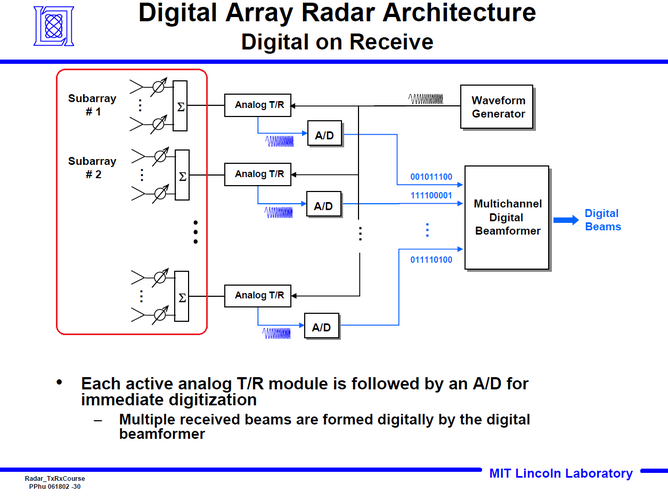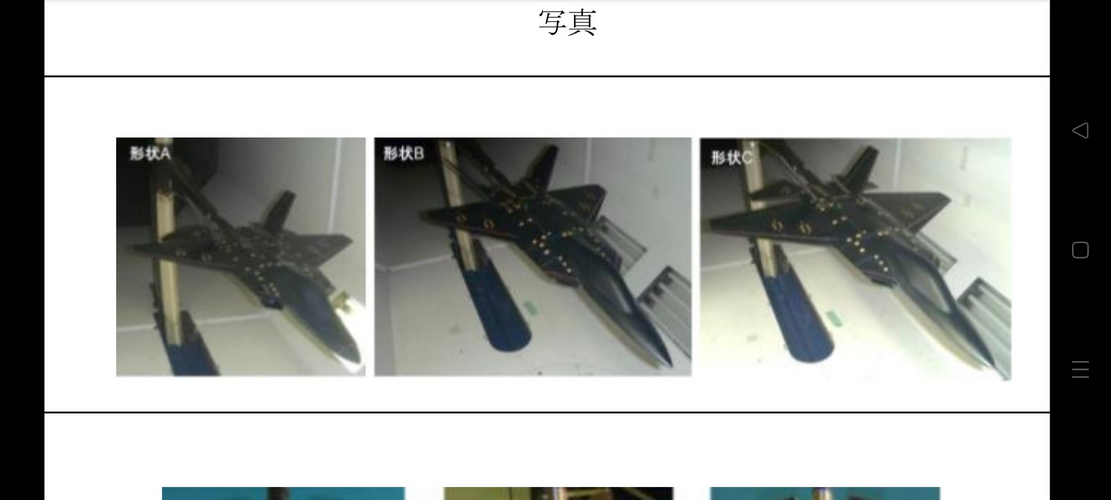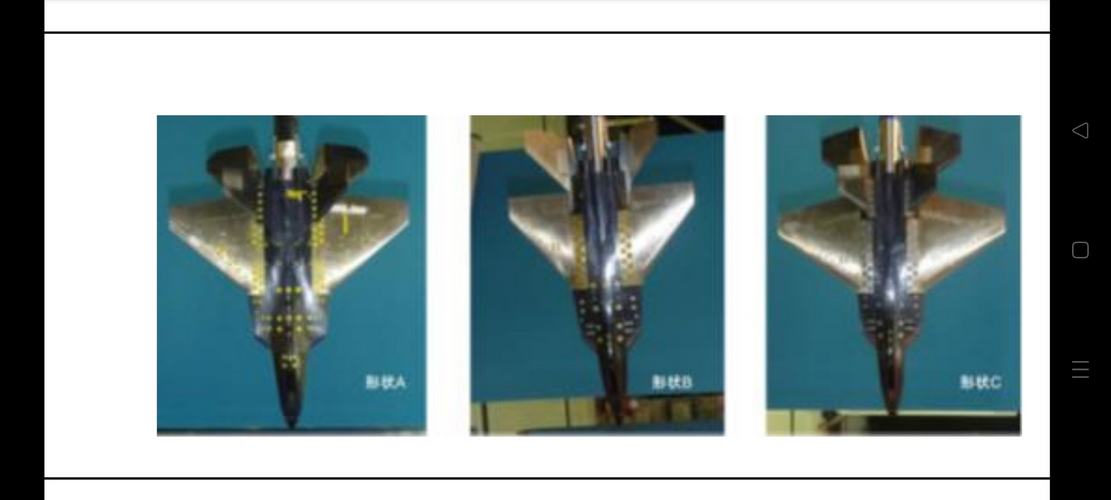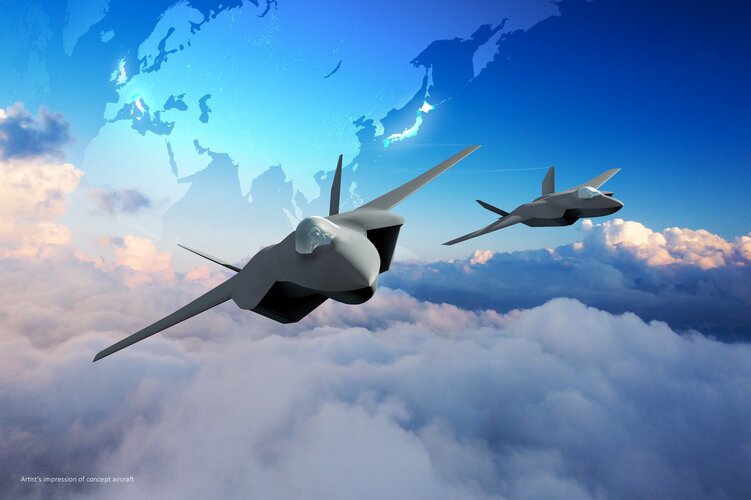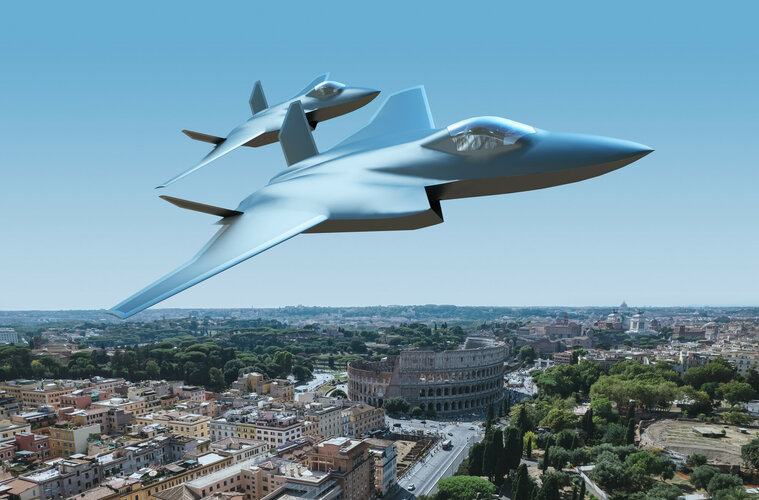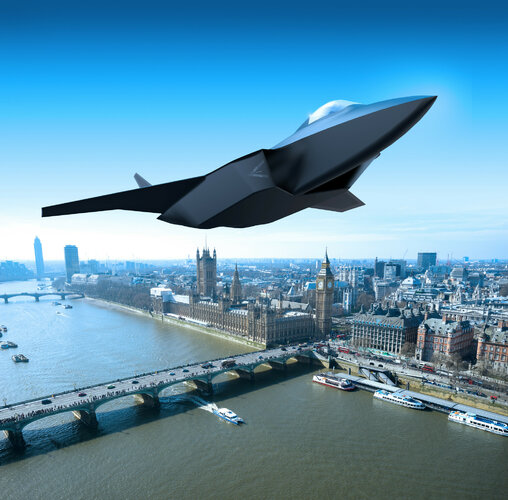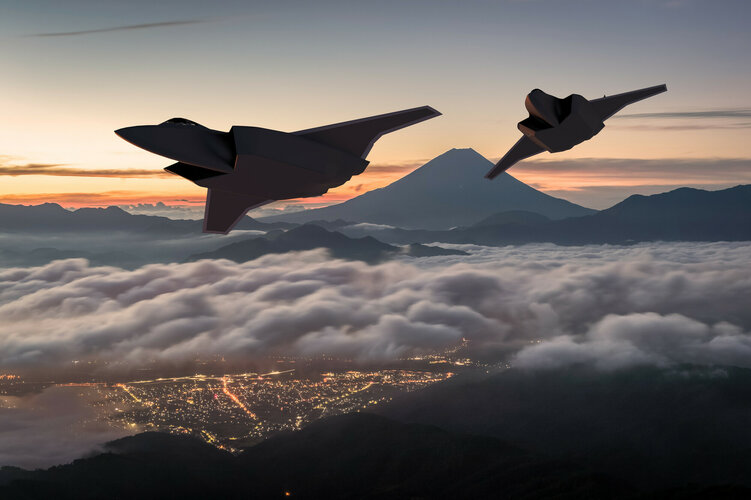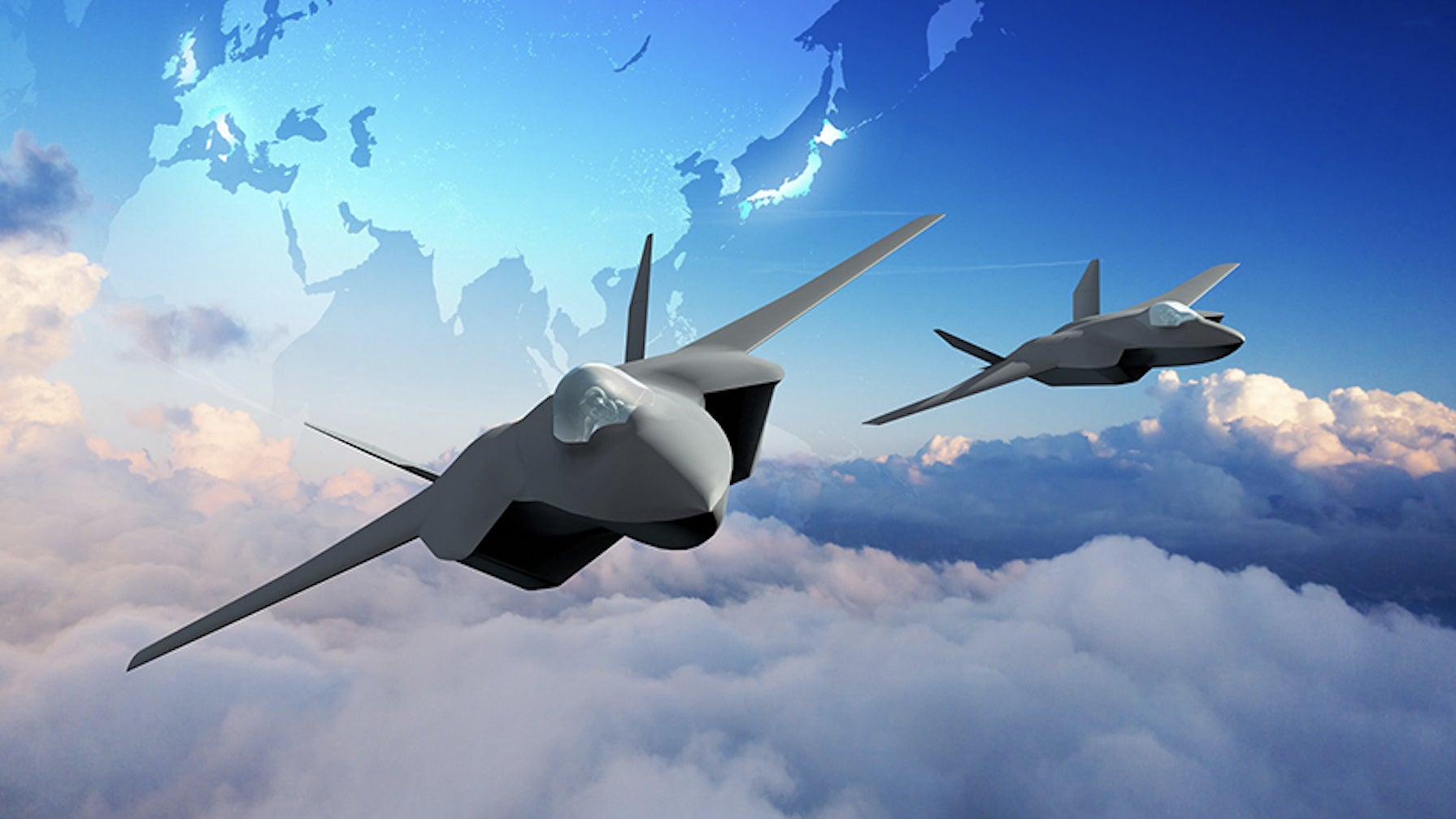- Joined
- 29 November 2010
- Messages
- 1,702
- Reaction score
- 3,208
a bit more detail on why Japan switched from Lockheed to BAe
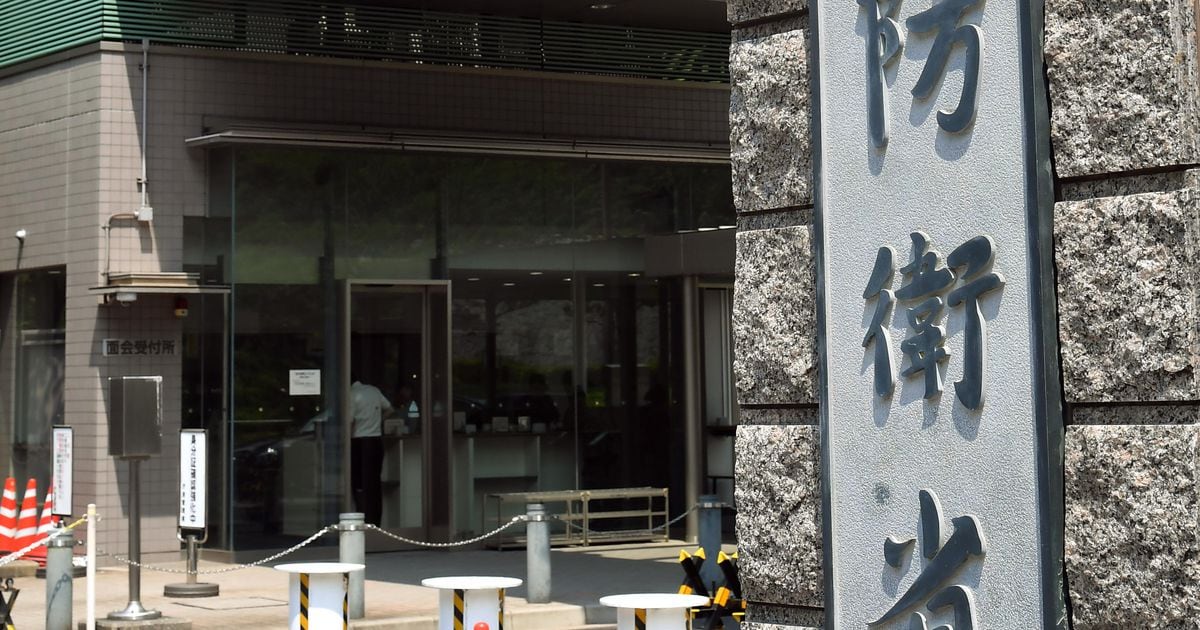
 www.sankei.com
www.sankei.com
basically
- Cost problems
- Timeline problems as the retirement of old aircraft between the two countries did not match
- LockMart not willing to exchange some technology info
- concerns some components like the blackbox, is outside of Japanese control and has to be sent to the US mainland
- BAe and Mitsibushi to work on airframe, IHI and Rolls Royce to work on engines
- will continue to work with the US and LockMart for interoperability purposes

<独自>次期戦闘機、日英共同開発へ BAEと協力、伊も参加
防衛省が航空自衛隊のF2戦闘機の後継機について、英航空防衛機器大手BAEシステムズと日本の三菱重工を主軸とする日英での共同研究開発事業とする方向で調整に入った…
basically
- Cost problems
- Timeline problems as the retirement of old aircraft between the two countries did not match
- LockMart not willing to exchange some technology info
- concerns some components like the blackbox, is outside of Japanese control and has to be sent to the US mainland
- BAe and Mitsibushi to work on airframe, IHI and Rolls Royce to work on engines
- will continue to work with the US and LockMart for interoperability purposes

